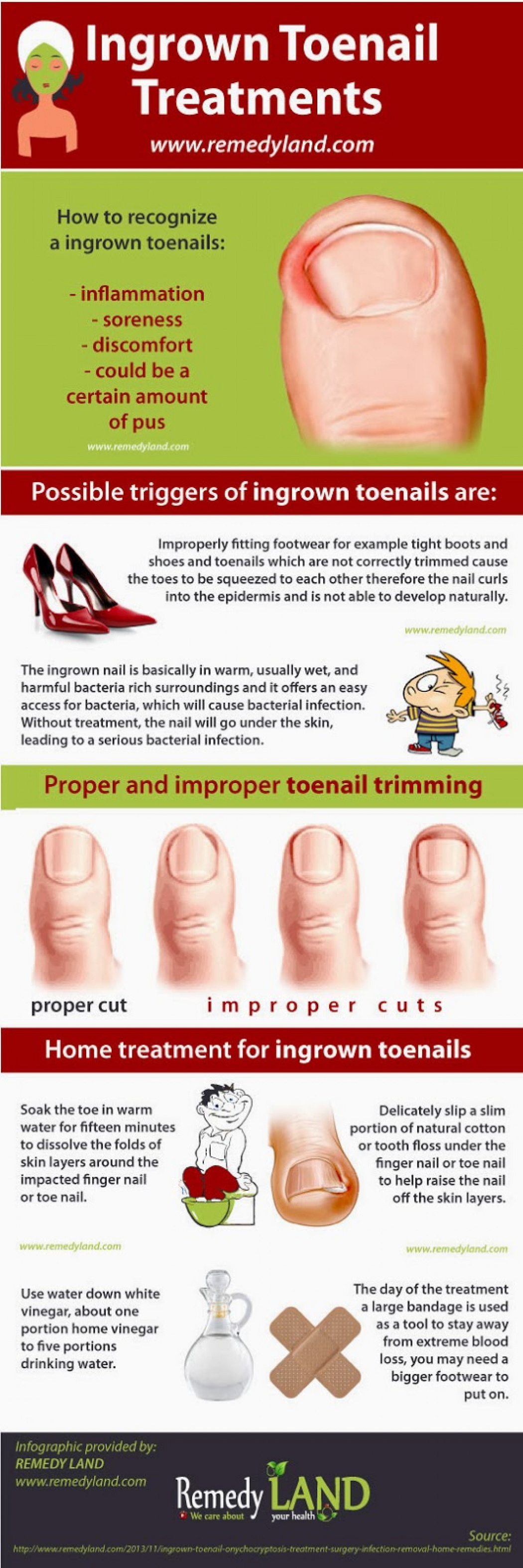Ingrown toenails are medically known as onychocryptosis. It is a condition wherein the toenail grows inwards and starts to push through the skin, eventually protruding outwards through the skin towards the base of the great toes. When the toenail or toenails start to grow inward, they may not go all the way to protrude out but can grow until midway to any extent.
The natural growth of toenails is away from the toe and they grow comfortably without invading the skin or the tissues underneath. When this growth is reversed, ingrown toenails are formed. It is not a very common condition but at the same time it isn’t a rare phenomenon either. There are millions of people across the world who have ingrown toenails but it is not a chronic condition and can often subside with little or extensive treatment and care.
Causes of Ingrown Toenails
There are many causes of ingrown toenails and a combination of two or more factors can be the cause for an individual. One of the most common causes of ingrown toenails is injury. Any type of physical injury caused to the foot, toe or the toenails can eventually cause the nails to grow inwards in an abnormal manner. The injury could be external or internal, may have been treated successfully or may be still under treatment. Trauma or physical, cellular or venous nature can be the cause of ingrown toenails. Athletes, sportspersons and people who use their feet and toes extensively can be more prone to ingrown toenails.
At times, one injury may not be sufficient to cause such a condition but repeated injuries of the same nature at the same place may eventually cause the condition. Wearing improperly fitted shoes or poor quality footwear can cause ingrown toenails. Other factors that have been causes of such a condition are improper foot hygiene, improper posture or gait, foot deformity and toenail malformation. People with very long toes or unnaturally small toenails, those who are obese or / and diabetic are also more prone to ingrown toenails. Infections of viral, fungal and bacterial nature, nail surgery gone wrong, nail diseases, arthritis and unnatural foot sweating can all contribute to or cause ingrown toenails.
Ingrown toenails can be very painful and can easily disrupt one’s normal routine. Toenails growing inwards can cause inflammation of the tissues and cells and can be the hotbed of further infections and diseases of various kinds.
